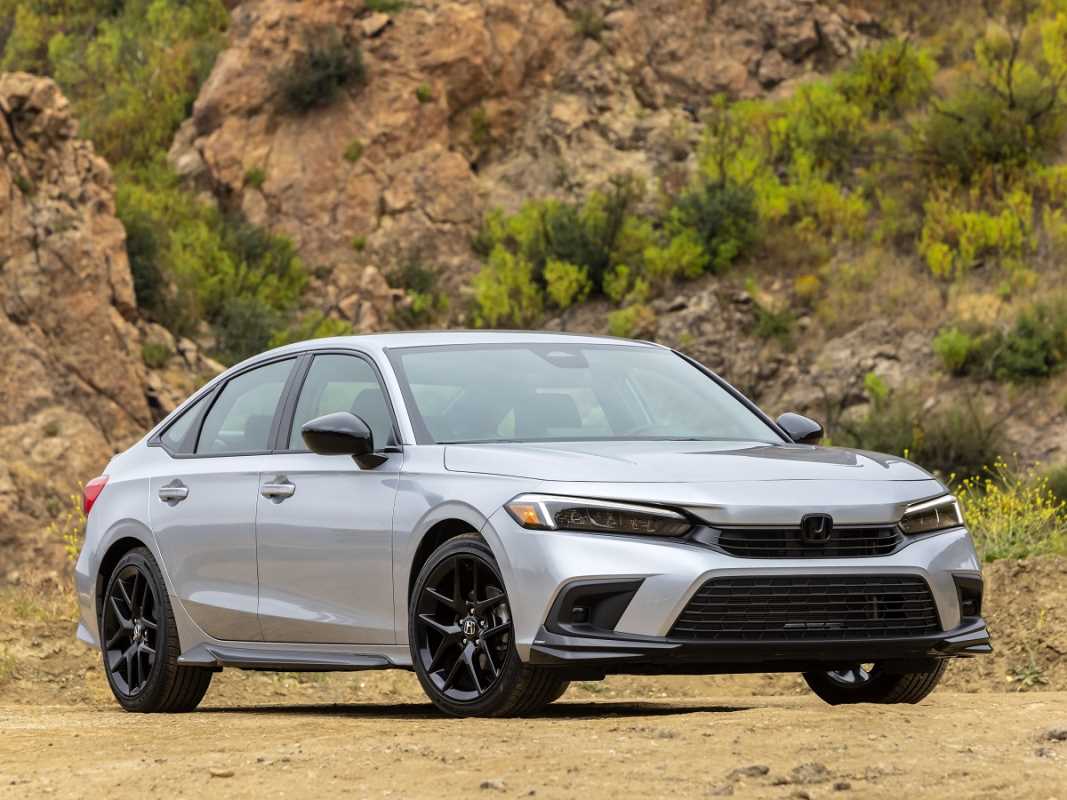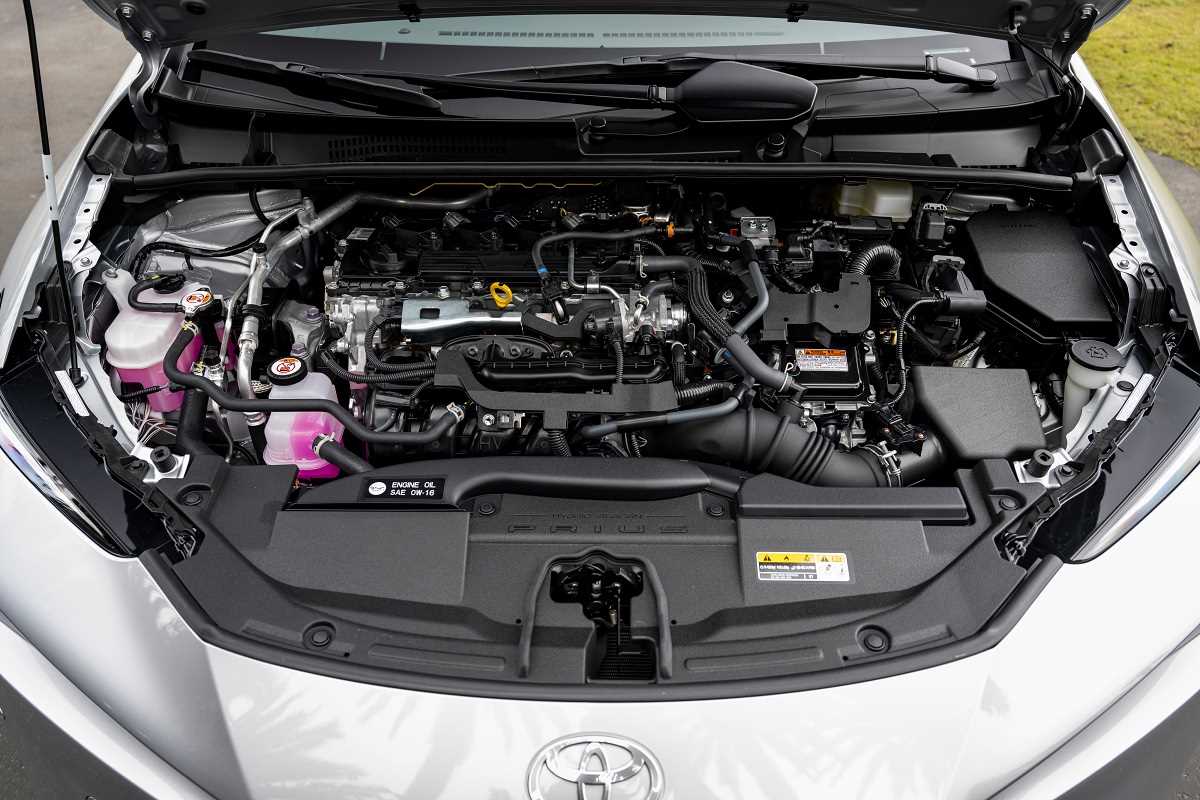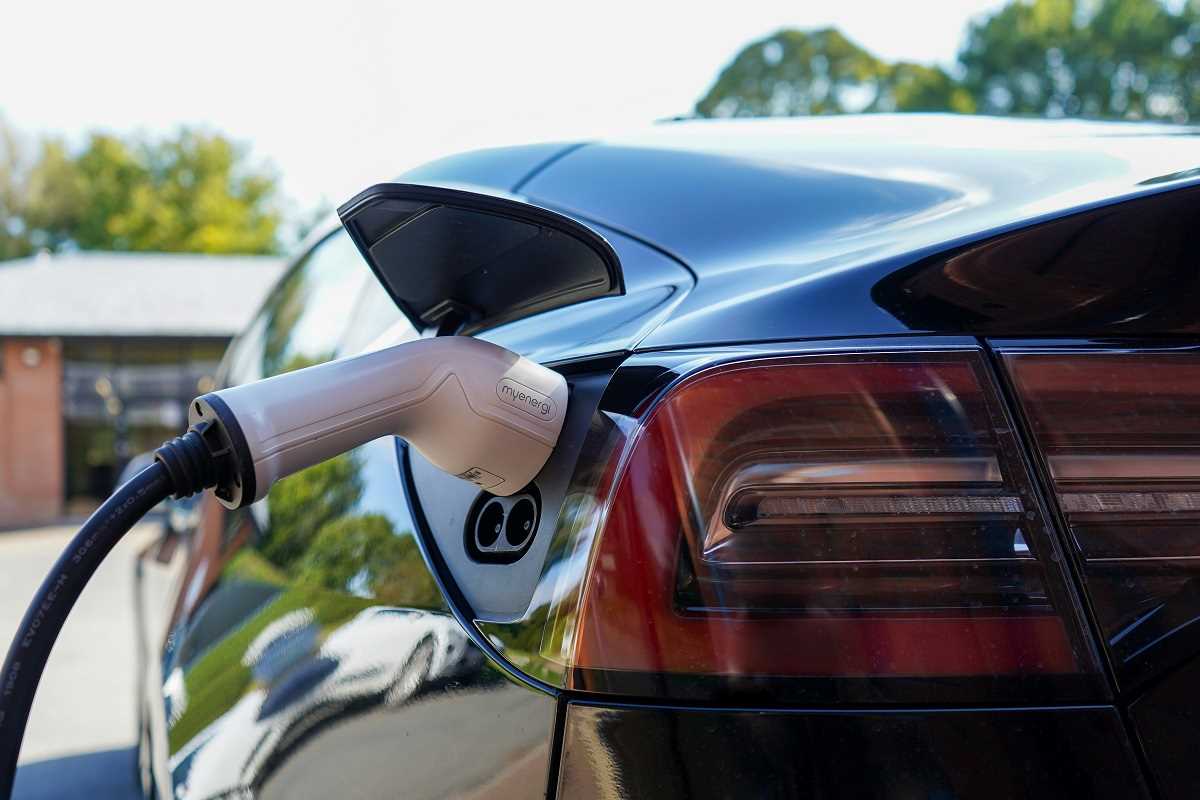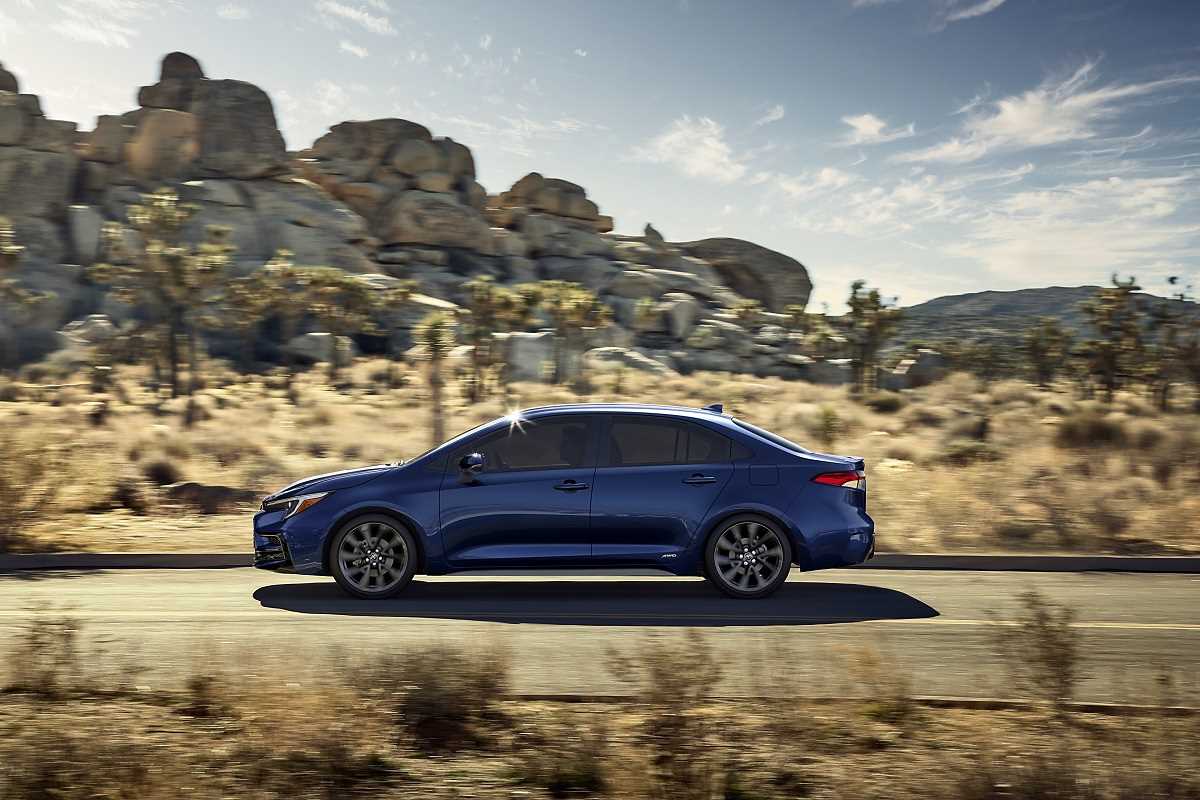There’s nothing like the anticipation of a road trip. The open road, new destinations, and endless possibilities make it an adventure unlike any other. But to ensure a smooth and worry-free experience, your vehicle needs to be in top shape before you hit the highway. A breakdown or unexpected issue can turn an exciting getaway into a stressful ordeal. That’s why a thorough maintenance check is essential.
This comprehensive checklist will guide you through all the key areas to inspect and prepare before embarking on your next road trip. From tires to emergency supplies, these steps will help keep you safe and your vehicle running smoothly.
1. Check Your Tires
Your tires are the single most important point of contact between your vehicle and the road. Worn or improperly inflated tires can lead to decreased fuel efficiency, poor handling, and an increased risk of blowouts.
What to Inspect
- Tire Tread: Use the penny test to check if your tread depth is sufficient. Insert a penny into the tread with Lincoln’s head facing down. If you can see the top of his head, it’s time to replace the tires.
- Tire Pressure: Consult your vehicle’s manual or the sticker inside the driver’s door for the recommended psi. Underinflated or overinflated tires can affect performance and fuel efficiency.
- Spare Tire: Don’t forget to check your spare! Ensure it’s in good condition and properly inflated.
Pro Tip:
Invest in a portable tire inflator and a tire pressure gauge, so you’re prepared to adjust tire pressure mid-journey if needed.
2. Inspect Fluid Levels and Top Them Off
Vehicles rely on a variety of fluids to function properly. Make sure these are at the correct levels to avoid mechanical issues during your trip.
Essential Fluids to Check
- Engine Oil: Check the dipstick for oil level and color. If it’s low or looks dirty, top it off or schedule an oil change before your trip.
- Coolant (Antifreeze): Ensure the coolant is at the appropriate level to prevent engine overheating, especially during heat waves or high-mileage drives.
- Brake Fluid: Low brake fluid can impact stopping power, so make sure it’s at the recommended level.
- Transmission Fluid: Inspect for proper levels and clean fluid. This is crucial for smooth gear shifts on long drives.
- Windshield Wiper Fluid: A clear windshield is vital for visibility, especially if you encounter rain or debris.
Pro Tip:
Carry a small bottle of windshield washer fluid and oil in case you need to top up while on the road.
3. Test Lights and Indicators
Visibility is key to staying safe on the road, so all lights and indicators need to work perfectly.
Full Light Check
- Headlights and High Beams: Ensure they’re bright and properly aligned to avoid blinding other drivers.
- Brake Lights: Have a friend check that brake lights illuminate when you press the pedal.
- Turn Signals and Hazards: Functioning turn signals are crucial for communication on the road.
- Taillights and Reverse Lights: These are essential for nighttime driving and parking visibility.
Pro Tip:
Pack spare bulbs for commonly used lights. They’re easy to replace and can save you from a ticket or potential accident.
4. Test Your Brakes
Your brakes are your first line of defense in emergencies, so don’t risk hitting the road with subpar stopping power.
Key Signs to Check
- Brake Pads: Listen for squealing or grinding noises, which may indicate that the pads need replacing.
- Brake Fluid: Low levels or discolored fluid could affect brake performance.
- Pedal Feel: If the brake pedal feels spongy or takes too long to respond, have the braking system inspected by a mechanic.
Pro Tip:
Schedule a professional brake check if your vehicle hasn’t had one in the past 6-12 months.
5. Examine the Battery
A dead battery is one of the most common causes of roadside breakdowns. Make sure your car’s battery is road trip ready.
Battery Tips
- Inspect Terminals: Make sure they’re clean and free of corrosion. A simple baking soda and water solution can clean corrosion if necessary.
- Check Voltage: Use a voltmeter to ensure the battery is holding a strong charge. Most car batteries should measure around 12.6 volts when fully charged.
- Battery Age: If your battery is more than three years old, consider replacing it before a long trip.
Pro Tip:
Carry a portable jump starter in case of emergencies. It’s much more convenient than waiting for roadside assistance.
6. Pack an Emergency Kit
Even with the best maintenance, accidents and surprises can happen. A well-stocked emergency kit can be a lifesaver.
What to Include
- Basic Tools: Screwdrivers, pliers, adjustable wrench, and duct tape for quick fixes.
- Jumper Cables or Portable Jump Starter: To handle a dead battery.
- Tire Repair Kit and Inflator: For patching small leaks or pumping tires in a pinch.
- First Aid Kit: Bandages, antiseptic wipes, and pain relievers for minor injuries.
- Flashlight and Batteries: Essential for nighttime emergencies.
- Water and Snacks: Non-perishable food and bottled water for longer delays.
- Blanket and Extra Clothing: Useful during cold weather breakdowns or if you’re stuck waiting for help.
Pro Tip:
Make sure you also know how to use each item in your kit. Being prepared without knowledge won’t help much in an emergency.
7. Inspect Belts and Hoses
Belts and hoses are critical for your vehicle’s engine performance. A failure here could leave you stranded.
What to Look For
- Belt Condition: Look for cracks, fraying, or excessive wear on the serpentine belt.
- Hose Integrity: Check for leaks, bulges, or cracks in coolant and radiator hoses.
Pro Tip:
Run a quick visual inspection and apply light pressure to hoses to see if they feel firm. Soft or brittle hoses may need immediate replacement.
8. Verify the Air Conditioning System
A functional air conditioning system is more than just a comfort feature, especially if you’re traveling through hot climates.
- Test Cooling Power: Ensure cold air blows evenly and consistently.
- Inspect Filters: Clean or replace cabin air filters for better airflow.
- Check Refrigerant Levels: Low levels may need to be refilled by a professional.
Pro Tip:
Schedule an A/C system check before heading into areas with extreme heat.
9. Organize Your Travel Documents
Having the right documentation on hand prevents legal headaches and ensures that you’re prepared for any situation.
Important Documents to Bring
- Driver’s License: Ensure it’s valid and not close to expiry.
- Insurance Cards: Keep a printed and digital copy, just in case.
- Vehicle Registration: Required during routine checks or if you’re pulled over.
- Roadside Assistance Info: Membership details or service contacts are invaluable during emergencies.
Pro Tip:
Store these items in a dedicated folder within easy reach, such as the glove box.
10. Final Walkaround and Test Drive
Before you officially hit the road, do a walkaround inspection and take your vehicle for a short test drive.
What to Look For
- Leaking Fluids: Check for any puddles or stains under your vehicle.
- Strange Noises: Listen for any unusual sounds during acceleration or braking.
- Smooth Performance: Ensure steering and suspension feel steady and responsive.
Pro Tip:
Address any unusual findings with a mechanic before starting your trip.
Proper vehicle preparation is the key to a safe, enjoyable road trip. By following this checklist, you can minimize the risk of mechanical issues and focus on making memories along the way. A little time spent on maintenance beforehand can save you from costly repairs and stressful breakdowns during your adventure.

.jpg)


.jpg)


